This follow-up to my post about my ride on the Agawa Canyon Tour Train last week contains several additional photos of items of interest around Agawa Canyon Park, in no real specific order.
Canyon Lodge, near the north end of the park.
This display of track speeders and handcar is located near the north end of the park, across the tracks from the Canyon Lodge.
One of a pair of benches made out of an old wheelset. What an appropriate feature to have at a railway owned park. 😉
Cast lettering on the back of one of the wheels. AC&HB refers to the full name of the Algoma Central & Hudson Bay Railway, as the company was officially called until 1960. Having never extended anywhere close to Hudson Bay (while surveys were conducted during the initial 1899-1903 construction period, the railway finally reached Hearst in 1914 and was never extended beyond there) the “& Hudson Bay” part of the name was finally dropped.
A picnic table made from an entire freight car truck. IIRC the sideframe had a 1928 date cast into it, so it may be originally from one of the Algoma Central’s 3100-3199 series wood boxcars, which were built in 1928.
The Agawa Canyon Park is only accessible by rail. There is no road access in or out of any kind. Therefore anything coming in or out of the park must go by rail. Garbage collection service for the park is handled by flatcars with dumpsters; trash is collected by the park staff from trash cans in the park and put into the dumpsters which will be hauled away at regular intervals by the regular freight.
This old passenger car in the park was previously used as a souvenir shop on site, but appears to be unused now.
This car’s last official identity before retirement was as work service diner 10400, and was previously cafe car 502. It had been originally acquired by the Algoma Central in 1949 from the Denver & Rio Grande Western and were originally built for the Denver & Salt Lake Railroad in 1913.
And one final shot of the serene Agawa River through the canyon.


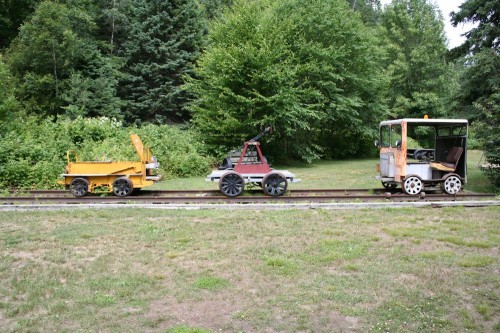
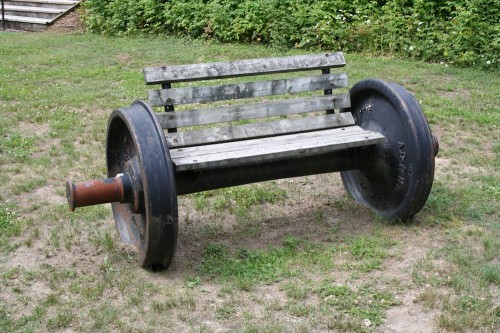
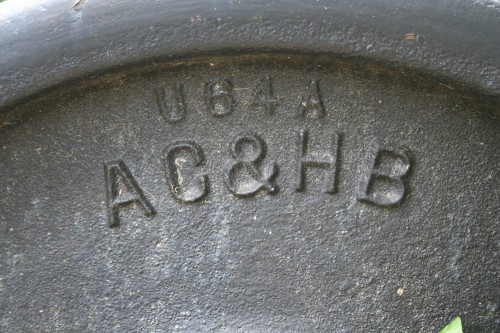

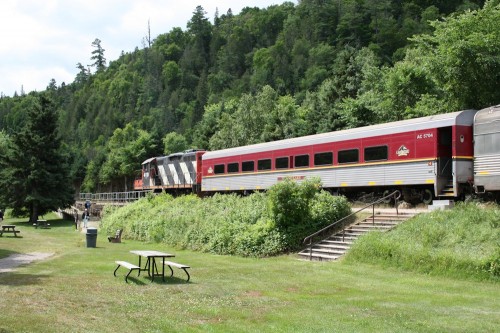

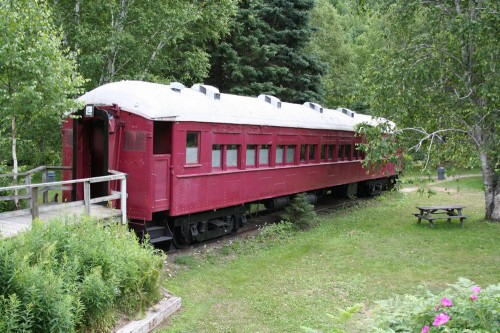
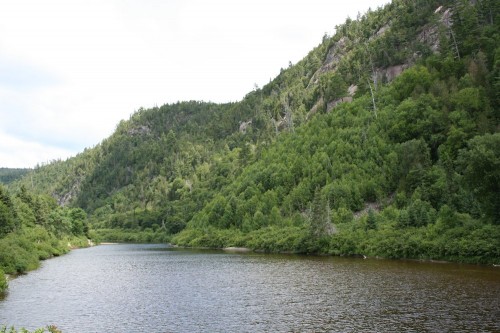
Can you possibly help?
I’m trying to confirm that you can reach Agawa Canyon via the Awausee trail FROM Lake Superior National Park?
Is this accurate.
I would be extremely grateful for a timely response!
With best wishes,
Lawrence Pinsky
P.S. P.S. I’m trying to understand if there IS a difference between “Agawa Valley” (Inside Lake Superior national park)??
and Agawa Canyon, to the east?
People have written about this with great confusion.
Can you PLEASE clarify?
***********
Lawrence M. Pinsky
Researcher/Journalist for Digital Content, Print, Television/Film
Montreal, Canada
PH: 1 (514) 487-3329
————————————–
This e-mail, including any attachments or copies of earlier communications, is intended solely for the person or entity to which it is addressed and may contain confidential, proprietary and/or non-public material. Except as stated above, any review, re-transmission, dissemination or other use of, or taking of any action in reliance upon this information by persons or entities other than an intended recipient is prohibited. If you receive this in error, please so notify the sender and delete the material from any media and destroy any printouts or copies.
The valley where the Awausee Trail is located *is* the same river valley that becomes the canyon further inland, but the Agawa Canyon Park is outside of Lake Superior Park and appears to be several kilometers away from where this trail ends. I haven’t checked this out in detail, but there appear to be some other roads/trails on the map that get closer to the location of the railway park, but these would leave you above the cliffs, if they even get within a few hundred metres. I am *not aware* of any access down into the canyon itself other than by train (or perhaps up or downriver, but there may also be some falls to contend with). Certainly there are no driving roads, and this page seems to reinforce that the only way into the canyon is via the railway:
https://www.ontariotrails.on.ca/index.php?url=trails/view/awausee-trail